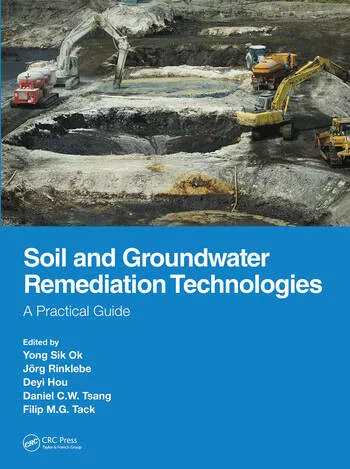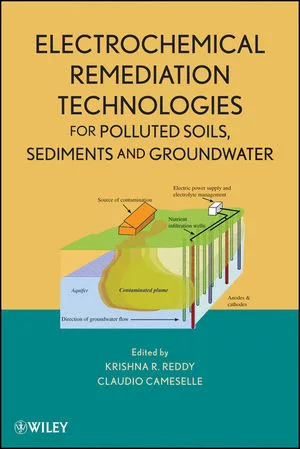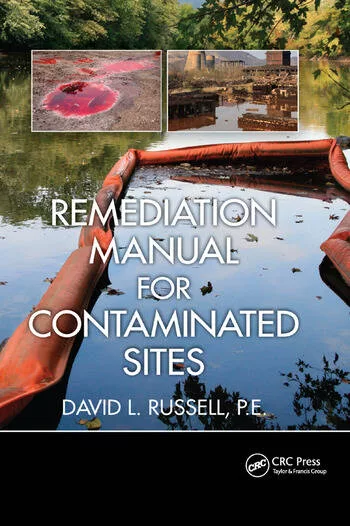Ian Cousins Presents Opening Keynote at RemTEC and Emerging Contaminants Summit 2024
Stockholm University Professor Ian Cousins presents on PFAS uses and their alternatives during his keynote at the first day of RemTEC & EC Summit
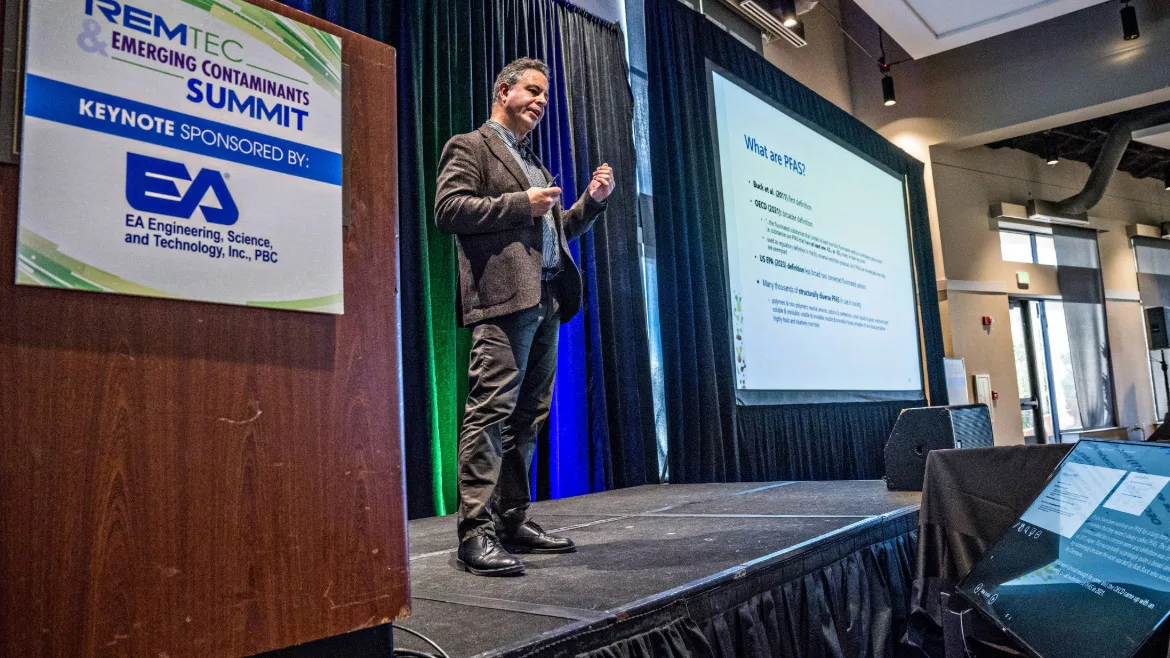
Photo by Jonathan Phillips
Attending the RemTEC and Emerging Contaminant Summit for the first time, Stockholm University Professor Ian Cousins gave a keynote on per- and polyfluoroalkyl substance (PFAS) uses and alternatives during the first day of the Westminster, Colorado, conference.
First, he defined the broad category, frequently labeled as “forever chemicals” despite the commercialization of PFAS destruction technologies – many of which are represented at the show.
“In the U.S., a chemical is a PFAS if it has two connected fluorinated carbon (molecules). So, it's a less broad definition than in Europe,” Cousins said. “But even if you use the U.S. EPA definition, you end up with a huge possibility of structures.”
He listed polymers and non-polymers; neutral, anionic, cationic and zwitterionic; solids, liquids and gases; reactive and inert; soluble and insoluble; volatile and involatile; mobile and immobile; bioaccumulative and non-bioaccumulative; toxic and non-toxic. Some are even deemed “currently unavoidable” to use in Maine and Minnesota, as the states move to regulate PFAS in products.
Cousins said the current literature doesn’t point to PFAS rubbing off clothing dermally or off a modern Teflon pan during cooking as the largest concern of PFAS exposure; rather, the lifecycle and manufacturing emissions of PFAS for these products are the chief concern.
The replacement of PFOA with new processing aids laden with GenX have caused controversies in North Carolina and the Netherlands, he said. For a whole non-fluorinated option, companies have told Cousins that non-fluorinated processing aids made more fluorination byproducts – not the focus of current research, but a growing concern.
Avoiding “regrettable substitution” is paramount, he said. So, his research group has divided PFAS into non-essential, substitutable and essential categories. He cited the work of Professor Joel Tickner, who further divided the function of PFAS.
“There are different opportunities for substitution at the different levels of function,” Cousins said. “There are a few cases where PFAS is added for marketing purposes, believe it or not, but in most cases, there is a reason to add PFAS.”
Under the Montreal Protocol, which nations used to successfully address the ozone layer depletion crisis, hazardous substances should only be used if it is necessary for health, safety, and the critical function of society.
“But who decides that? You need a multi-stakeholder approach to decide,” he said, noting a stain-proof tie may not win an objective cost benefit analysis against the alternative of accepting stains.
The latest generation of fluorinated gas in HVAC refrigerants and other sources, called hydrofluoroolefins (hfos), was adopted to show progress against the global warming and ozone depleting aspects of prior chemistries. However, HFOS degrades to small chain, low toxicity trifluoroacetic acid (TFA). While it is not as toxic as other PFAS, it is becoming detectable on a microgram per liter basis in surface waters and increasing by seven orders of magnitude by 2050, whereas other PFAS are nanogram-scale contaminants.
“It's a huge problem that could be coming, and it's all to do with the very high persistence of TFA. And also, when we destroy PFAS with some of these treatment technologies, we make TFA during the treatment process as well,” he concluded.
Cousins presented new, fresh off the presses research to the crowd of summit attendees. Attend RemTEC and Emerging Contaminants 2025 to get your sneak peak on the latest environmental remediation and emerging contaminant research. And follow Remediation Technology year-round on LinkedIn and email for continued post-show coverage.


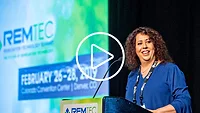

.webp?height=200&t=1664910248&width=200)
